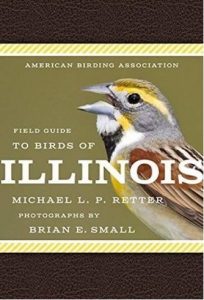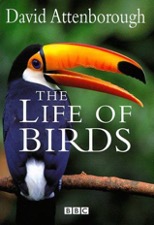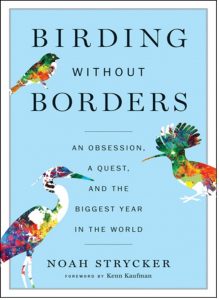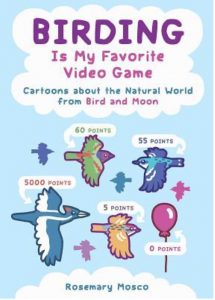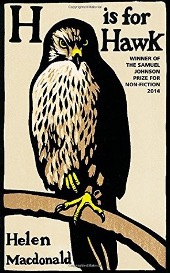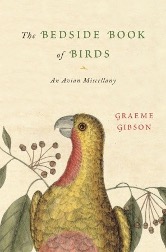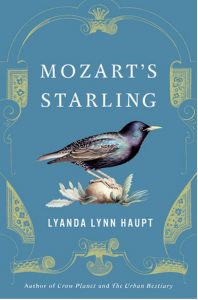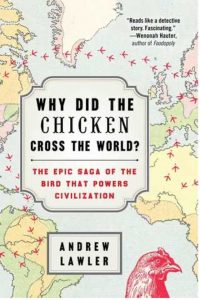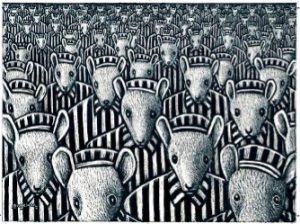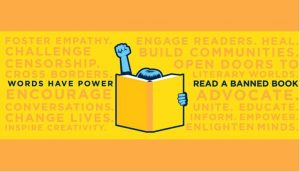The Undergraduate Library (UGL) will close at the end of the spring 2022 semester. You might be wondering where to go for your library needs next year. We’ve got you covered!
Most of the services currently provided in the UGL, including the Writers Workshop, will move primarily to the Main Library. The Funk ACES Library, Music and Performing Arts Library, and the Grainger Engineering Library and Information Center will also be expanding existing support for studying and technology needs.
Undergraduate Study Spaces and Services
Undergraduates will still have many options across campus libraries to study, meet up with friends, and access popular library services.
There are large, dedicated study spaces in the Main Library, including Room 200 for quiet study and Room 220 (the new Scholarly Commons) meant for collaboration, and loanable technology and new Media Commons studios added to Room 306. In addition, a new study space in Room 100 will open before the start of the fall 2022 semester; it is located just steps from the current Undergraduate Library building next to the Marshall Gallery inside the Main Library entrance facing the UGL. This first-floor space will include popular features from the upper level of the UGL—the Writers Workshop, group study rooms, printing services, loanable laptops, and research consultations, as well as new and expanded programming, support for Zoom classes, direct access to collections, and research consultations and subject expertise from other units in the Main Library.
The Funk ACES Library has extensive study spaces for individuals and groups. In addition, the Funk Library has six study rooms, located on the 3rd and 4th floors. To reserve rooms, you can use the online room reservation system.
Study rooms contain a table, whiteboard, and several chairs. Dry-erase markers are available you just need to present your i-card at the Circulation Desk at the time of your reservation to borrow them. Room 309 includes a large display monitor with a remote and wireless laptop connection using Solstice.
Next year, the Funk ACES library will expand their study space and have later hours.
The Music & Performing Arts Library (MPAL)
The Music & Performing Arts Library (MPAL) has 6 rooms available with a variety of listening and viewing equipment. Rooms can include dry erase boards, CD players, Cassette players, LED screens, DVD/Blu-ray players, and keyboards. The MPAL also has a reading room on the first floor, and two floors of study space in addition to the bookable study rooms. You can learn more about the rooms and reserve them here. The MPAL also holds our board games collection!
The Grainger Engineering Library offers students a multitude of study spaces for individuals and groups. In addition to those spaces, the Grainger Engineering Library has various reservable Open Group Study Rooms located on the west end of the Fourth Floor of the Grainger Engineering Library. Five additional rooms are located in the Lower Level. These rooms can be reserved on a first come, first serve basis up to 14 days in advance by any faculty, staff or student at the University of Illinois at Urbana-Champaign, using their @illinois.edu email account. In the coming semester, the Grainger Library will also implement later hours and add an immersive VR/AR/green screen studio on the basement level!
Check out a full list of library spaces here!
For the latest on integrating core student services into other campus library locations and how the Library is addressing user needs and service models during the time period when the archives and special collections building is being constructed, check out the Main/Undergraduate Library Integration Project.
Written by: Loida
Posted by: Loida







